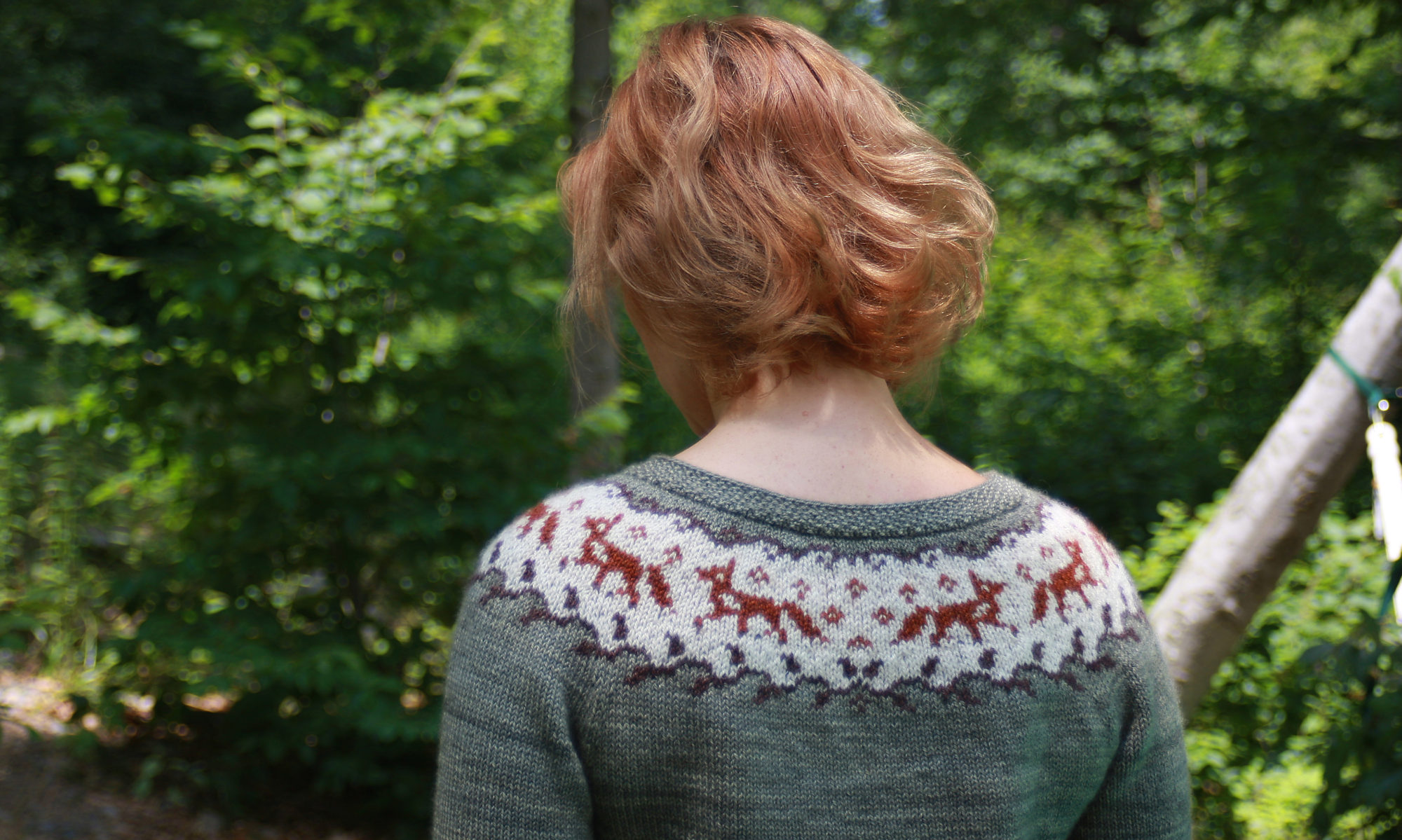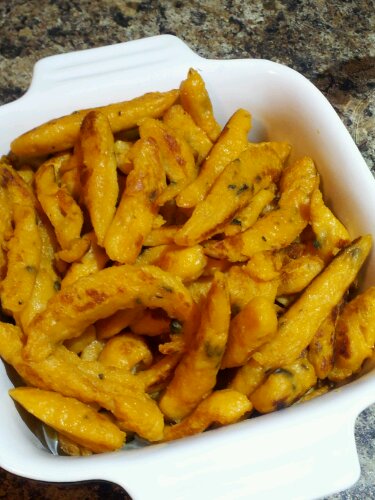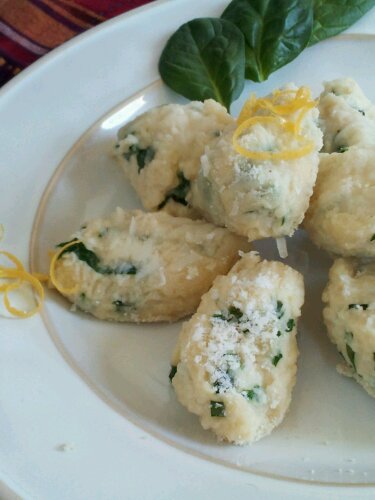
It’s been cold and rainy again and all I want to eat is soup, stew and gnocchi. So here another New World take on classic potato dumplings. They involve a little sticky work, but are so worth making. The tarragon really takes this former ‘poor people’s food’ from everyday to special occasion.They also freeze great, so make more than you need, freeze right on the sheet then store in zip top bags and cook from there when you’re ready. That way you could A) store them for a busy week night or B) make them ahead as a holiday side dish to serve with your Christmas dinner.
 The dough is a bit sticky, so make sure you flour the work surface well
The dough is a bit sticky, so make sure you flour the work surface well
 ready for the freezer!
ready for the freezer!
Ingredients
- 2 medium sweet potatoes
- 1 egg
- about 1 cup flour
- 1/2 tsp salt
- 3 sprigs French Tarragon, leaves only, chopped
 They will look like little pillows 🙂
They will look like little pillows 🙂
Directions
- Heat oven to 375, poke sweet potato with a fork and roast on a cookie sheet until soft hen pricked with a knife, about 25 to 35 minutes, depending on the size of the sweet potato.
- Line two baking sheets with parchment paper or silicone mats, set aside.
- Set sweet potato aside until cool enough to handle, then peel and squish through a potato ricer into a bowl, let cool 10 more minutes (you want it to be cool to the point where the egg does not cook when you add it).
- Stir in the salt, tarragon leaves and the egg, then gently incorporate the flour.
- Set dough aside for 15 minutes to allow the flour to absorb some of the moisture.
- Then flour your work surface well, and cut off a portion of dough the size of a baseball. Gently roll into a rope, about 1 1/2″ diameter, keeping your hands floured.
- Using a knife, cut 1″ sections of dough from the rope and place on a prepared baking sheet. Repeat until all dough has been used up.
- For eating right away: Bring a pot of salted water to a boil and cook about 8-10 gnocchi at a time until they swim to the surface, skim out using a wire mesh strainer, drain and serve.
- For use later: Freeze on baking sheets until gnocchi are firm, then transfer to zip top bags and store in the freezer until ready to use. Then bring a large pot of salted water to a boil and cook 5-6 gnocchi at a time, cooking less gnocchi at a time and making sure the water stays boiling, since the frozen dumplings will bring the water temperature down drastically and if the water isn’t hot enough, you risk having them fall apart.
Ideas for serving them:
- with freshly grated Romano cheese and a drizzle of olive oil,
- top with your favorite sauce,
- bake in the oven topped with a little Parmesan cheese until slightly browned (highly recommend)
- serve alongside roast chicken or game and don’t forget the side of cranberry or lingonberry jam!
 Copyright © 2012 Simple Healthy Homemade. All rights reserved
Copyright © 2012 Simple Healthy Homemade. All rights reserved















